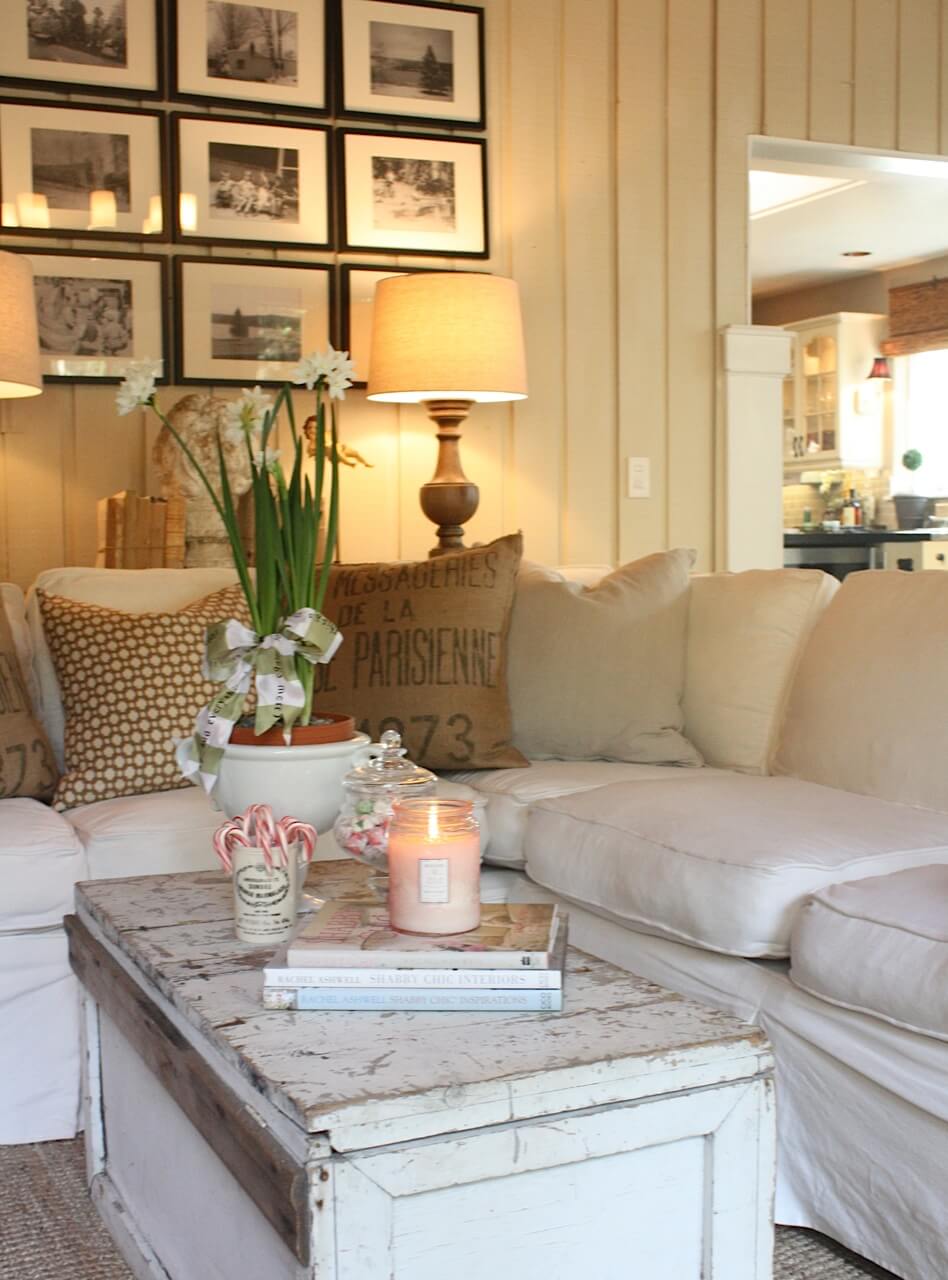Before undertaking any home renovation or decoration, there are certain checks you should carry out to ensure you don’t mask anything that could cause future problems for your property.
Any issues that aren’t addressed can potentially lead to costly repairs down the road and ruin all the hard work and investment put into renovating your home in the first place.
Whether you are undertaking the work yourself or getting in a professional, make sure these areas are looked at in detail before laying out plans for painting, plastering or interior decorating.
 image: pixabay.com
image: pixabay.com
Assessing the Current Condition
First do a general walkthrough, making a note of any damage, visible damp and mould, cracks, rotting wood or other surface marks that can indicate a problem.
Sketch a rough floor plan of your home, marking the location in the room and making a note of the issue in further detail to refer to later. Damage such as cracks in the wall and missing plaster might only be at surface level but it could also indicate a greater issue including subsidence of your property and an underlying damp problem.
Unseen damp problems can be assessed, normally for free, by a damp proofing company of experts such as these and give advice on the best course of action for your home.
Prevent Further Damage and Decay
Upon completing your property walkaround and having identified the issues that could interrupt your renovations or cause problems in the future, it’s time to ensure the root cause behind these issues has been repaired or removed.
For instance, damp is normally caused by moisture making its way into the property either through holes in walls or the roof or if the damp-proof course has been damaged.
To ensure the damp doesn’t come back, all holes or areas that allow moisture in should be patched and the damp-proof course in brick walls repaired or replaced. Removing holes from the property also reduces the chance of pests, which can get into your kitchen and cause chaos.
Dealing with Damp
If your property is suffering from damp and you have taken care of the cause, it’s time to repair the damage that damp can cause. From rotting wood, unstable structures, woodworm beetles and unsightly mould, which can have detrimental effects on your health and the health of anyone who lives in the property.
Any wood that has rotted or is experiencing wet or dry rot will need to be replaced with stable, unaffected timber, whereas walls with mould and growth can be scrubbed down with an anti-mould solution and left to dry out. As long as the cause of the damp is removed, the mould shouldn’t return.
It’s always advisable to have a professional take care of the work should you not be confident in solving the problem yourself to prevent costly repair work in the future.
Checking Property Stability
Noone should go and start knocking down any wall they fancy, lest their entire house collapse around them. Your property’s stability is its skeleton, the wood, brick and concrete that make up the foundation and the unseen structure beneath the plaster and paintwork.
Without knowing the condition of your property’s stability, it is unsafe to continue with any work or renovations that involve making changes to the structure of your home.
A professional structural engineer should assess any renovations that include making changes to the general shape and layout of the property, particularly when working with load-bearing walls and external windows.
Your home is your castle, so it’s only right you should take care of it in a way that won’t cause any further potential damage or take away from the value of the property.
Make sure to replace period windows and doors with suitable, period fitting alternatives and consider what could affect the resale of your property in the future should you need to move.






